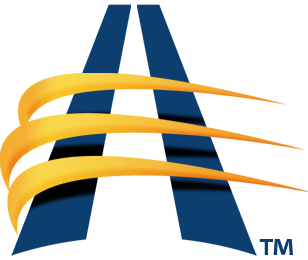Kindergarten at Silver Creek Adventist School
Silver Creek Adventist School offers Kindergarten to students who are 5 by August 15.
Philosophy
At our school we feel that Kindergarten is an important time of transition for young children – a stepping stone between home, early childhood education, and the primary grades of school.
Each child that comes to Kindergarten is viewed as being uniquely created in God’s image and are nurtured to think, learn, choose and grow. We respond to individual differences in developmental stage, ability, and interest.
Readiness
Due to the different experiences of children entering kindergarten, the wide normal range of achievement, and the wide variation in the rates a child develops during a school year, there is no specific knowledge or skill that must be mastered before a child enters Kindergarten. Therefore, at Silver Creek Adventist School, the teacher is ready to adjust the environment and the curriculum to the level of the child.
Some families may question if their kindergarten-age child is ready for a formal school setting. The following are some things to consider when determining school readiness. Is the child:
- Working independently and cooperatively within large and small groups?
- Attending to and finishing tasks?
- Following two or three step directions?
- Taking turns and sharing?
- Caring for personal needs?
- Caring for personal belongings?
- Following rules?
- Respecting the property of others?
- Working within time constraints?
- Listening to stories without interrupting?
- Paying attention for short periods of time?
- Understanding that actions have both causes and effects?
- Showing understanding of general times of day?
- Beginning to share with others?
- Able to recognize authority?
- Speaking understandably?
- Talking in complete sentences of five to six words?
- Able to separate from parents without being upset?
Assessment
Assessment plays a very important role in education. It helps the teacher know what each student knows, making instruction more meaningful. Various forms of assessments are used throughout the school year to measure Kindergarten students’ achievements.
Students will have personal portfolios that contain a collection of the their work throughout the school year, the teacher will keep anecdotal notes to help her record a student’s development in various class areas, tracking cards that list skills will be kept and filed, a phonemic awareness assessment that will help determine what students know specifically about letters, sounds and how they work together to form words, and a math assessment that will help determine how students think and determine if they are ready to grasp the concept of number.
Student progress is measured using the NWEA MAP Growth three times a year. The tests are administered in the fall, winter, and spring of each school year. The results help our teaching staff create a learning plan that meets the child’s individual needs. The test measures student growth throughout the school year. "MAP Growth assessment is the most trusted and innovative assessment for measuring achievement and growth in K–12 math, reading, and language usage. It provides teachers with accurate, and actionable evidence to help target instruction for each student or groups of students regardless of how far above or below they are from their grade level. It creates a baseline for progress monitoring throughout the year" (NWEA 2021). This tool helps teacher monitor and support growth based on each individual child's learning needs.
Curriculum
The curriculum used at Silver Creek Adventist School has been designed by the North American Division of Seventh-day Adventists.
This curriculum is thematic, meaning every month we explore a different theme using literature and Bible stories, fun center activities, large and small group learning experiences, as well as individual learning experiences where children are encouraged to discover, ask questions and learn to work in a group. The spiritual connection in this curriculum makes an invisible God, visible to Kindergarteners.
Student’s individual differences and developmental stages were considered when developing this curriculum making it possible to meet all needs and various interests of every student.
